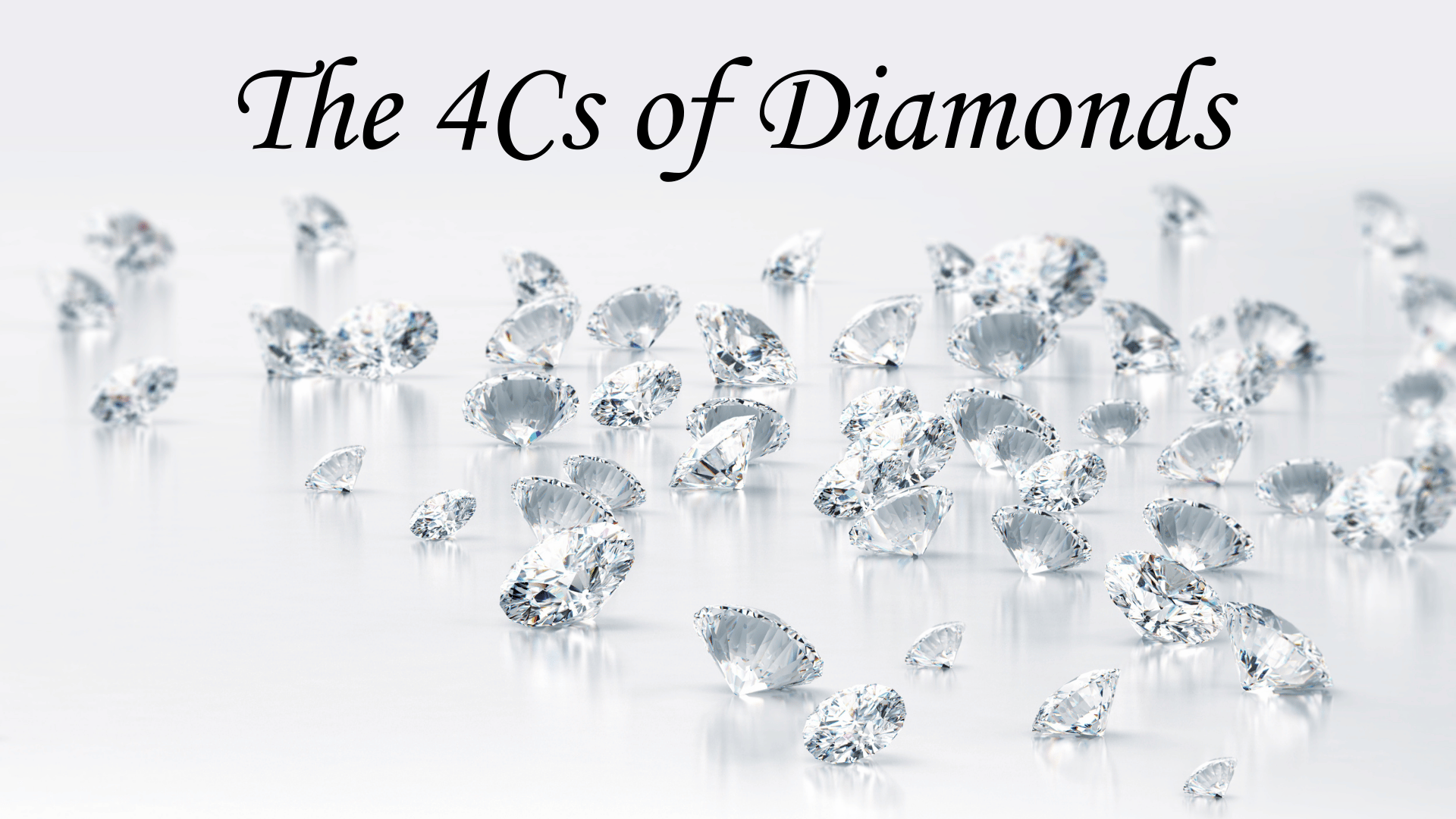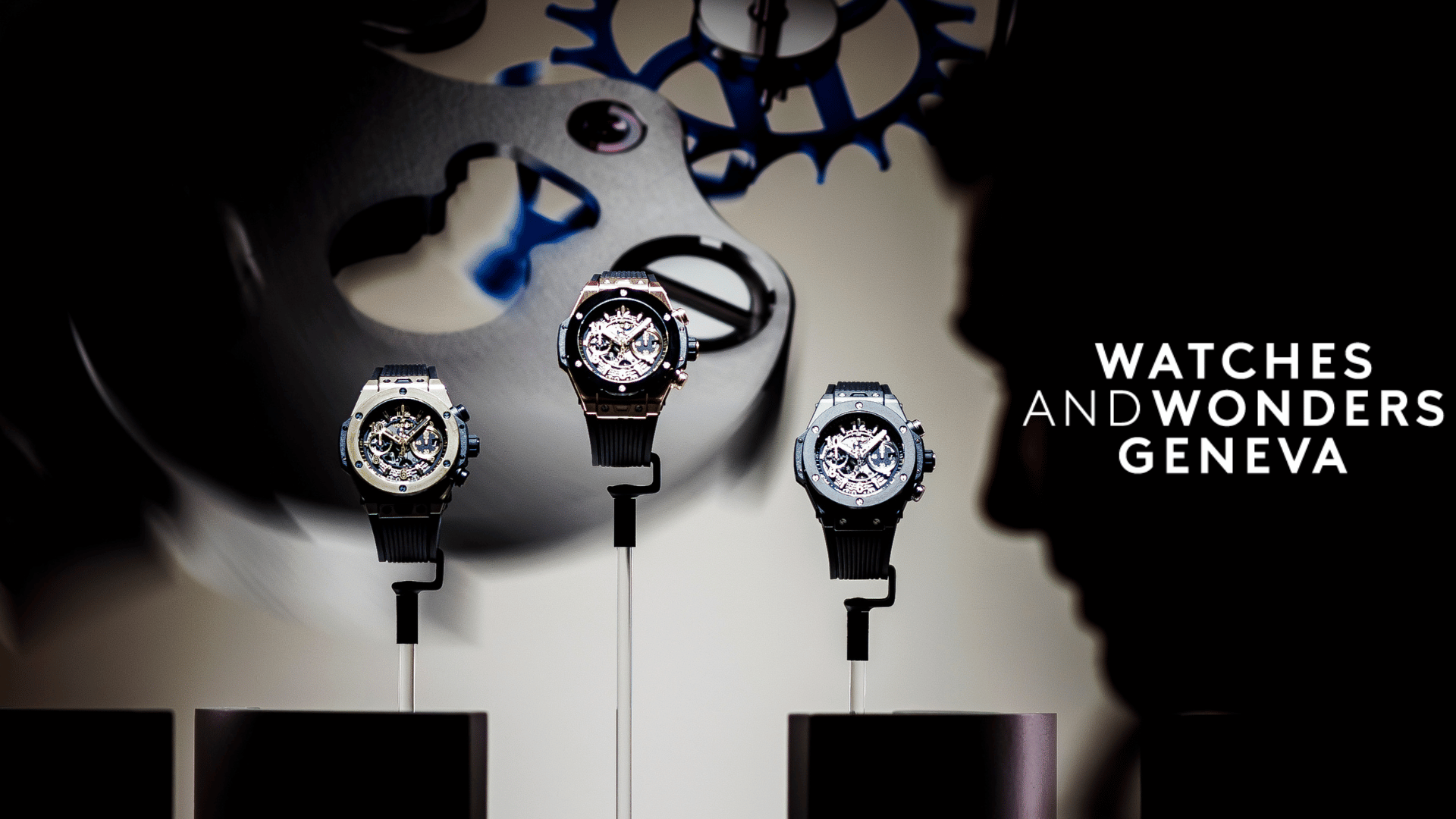When it comes to buying diamonds, the 4Cs—Carat, Cut, Clarity, and Color—are the universal standard for determining a diamond's quality and worth. Understanding these features in-depth will allow you to make an informed selection when choosing the ideal diamond. Let's look at each of these essential aspects in detail and see how they affect the value of a diamond.
Carat: The Diamond's Weight
Definition and Significance
Carats are used to quantify the weight of diamonds. One carat is equal to 200 milligrams (0.2 grams). Carat weight has a direct influence on a diamond's price, as bigger diamonds are more uncommon and hence expensive. However, a carat alone cannot define a diamond's beauty or total worth.
Value Impact:
Price per Carat: As carat weight grows, so does the price per carat. For example, a 2-carat diamond costs substantially more per carat than a 1-carat diamond.
Size Perception: Larger carat diamonds are more visually appealing, although two diamonds of the same carat weight might seem various sizes due to their cut proportions. A well-cut diamond may look bigger than a badly cut one.
Setting: The setting can make the diamond appear larger or smaller. A bezel setting may make a diamond appear smaller, whilst a prong setting might make it appear bigger.
Considerations:
Budgeting: When budgeting for a diamond, consider the other Cs, since a larger carat weight with poor cut, clarity, or color may not provide the best value.
Finger Size: Larger carat diamonds might appear overpowering on smaller fingers, so select a carat size that matches the wearer's hand.

Cut: The Diamond's Sparkle
Definition and Significance
Cut describes how nicely a diamond's facets interact with light. The diamond's brightness and shine are determined by the quality of its cut. A diamond's cut is critical because it impacts the stone's optical qualities, making it the most important component in a diamond's overall look.
Cut Grades:
Excellent: Maximizes light performance by reflecting nearly all light that enters the diamond.
Very Good: Reflects the lightest, resulting in a high amount of brightness and fire.
Good: Reflects a reasonable amount of light, but less than Very Good and Excellent cuts.
Fair: Reflects some light, but much less than good cuts.
Poor: It reflects relatively little light, giving it a dull look.
Value Impact:
Brilliance and Fire: A well-cut diamond will have exceptional brightness and fire, making it more visually attractive and expensive.
Price Differential: Diamonds with Excellent and Very Good cutting are priced more than those with Good, Fair, or Poor cuts.
Proportions: The dimensions of a diamond's cut, including depth, table size, and symmetry, have a considerable impact on its ability to reflect light. The ideal proportions result in maximum brilliance.
Considerations:
Symmetry and Polish: Symmetry relates to how perfectly the facets match with one another, whereas polish refers to the smoothness of the diamond's surface. Both influence the diamond's brightness.
Shape Preference: Cut quality varies depending on the diamond shape (round, princess, emerald, etc.). Each form has unique ideal cut proportions that enhance its attractiveness.

Clarity: The Diamond's Purity
Definition and Significance
Clarity measures the number of internal faults (inclusions) and exterior flaws (blemishes) in a diamond. The fewer and less obvious these flaws, the better the diamond's clarity and value.
Clarity Grades:
Flawless (FL): No imperfections or flaws are apparent at 10x magnification.
Internally Flawless (IF): There are no inclusions and very minor defects visible at 10x magnification.
Very, Very Slightly Included (VVS1 and VVS2): Inclusions are extremely difficult to detect at 10x magnification.
Very Slightly Included (VS1 and VS2): Inclusions are visible under 10x magnification but are considered mild.
Slightly Included (SI1 and SI2): Inclusions can be seen with 10x magnification and may be evident to the naked eye.
Included (I1, I2, and I3): Under 10x magnification, inclusions become visible.
Value Impact:
Rarity and Price: Higher clarity grades (FL, IF) are extremely rare and costly. Lower clarity grades (SI and I) are more prevalent and have good value.
Appearance: Minor inclusions may be invisible to the naked eye, therefore, they do not influence the diamond's beauty or value. However, big or many inclusions can degrade the diamond's brilliance and longevity.
Market Demand: Diamonds of VS1 to SI1 clarity ratings frequently provide the finest blend of quality and affordability, appearing clear to the naked eye while being less expensive than FL or IF grades.
Considerations:
Visibility: Many inclusions are minuscule and have no visible effect on the diamond's appearance.
Impact on Durability: Large or poorly positioned inclusions might compromise the diamond's structure.
Setting: A well-designed setting may typically conceal inclusions while increasing the diamond's overall attractiveness.

Color: The Diamond's Hue
Definition and Significance
Color in diamonds refers to the existence of any color tint, often yellow or brown. The less hue a diamond has, the greater its value. The GIA assesses diamond color on a scale of D (totally colorless) to Z (light yellow or brown).
Color Grades:
DF (Colorless): These diamonds are exceptionally rare and colorless, resulting in maximum brightness.
GJ (Near Colorless): These diamonds have subtle traces of color that are difficult to see with the naked eye, making them an excellent value.
KM (Faint Color): These diamonds exhibit a slight color tint that may be visible to the naked eye under certain lighting conditions. However, if the diamond possesses medium or strong fluorescence, this characteristic can enhance its luster and sparkle.
NR (Very Light Color): These diamonds have a more visible color tint.
SZ (Light Color): These diamonds have a noticeable color tint.
Value Impact:
Price and Rarity: Colorless diamonds (DF) are the most expensive and uncommon. Near colorless diamonds (GJ) are more prevalent and provide good value, particularly when set in jewelry where the minor color is not visible.
Visual Appeal: The less color a diamond has, the more light it reflects, resulting in increased brightness and fire.
Setting Influence: The color of the setting may either enhance or diminish the diamond's color. For example, a yellow gold setting may make a lesser color-grade diamond look more colorless.
Considerations:
Personal Preference: Some people like warm-toned diamonds with a hint of color, particularly when coupled with specific metals such as yellow gold.
Fluorescence: Some diamonds glow, which can alter their color look under certain lighting circumstances. This can occasionally enhance or detract from the diamond's color.
Budgeting: Color may be balanced with the other Cs to optimize value. For example, choosing a near colorless diamond (GJ) with an exceptional cut can create a dazzling look while costing less than a colorless diamond (DF).

Conclusion
Understanding the four Cs—carat, cut, clarity, and color—in depth will allow you to select a diamond that meets your needs and budget. Each "C" adds to the diamond's overall beauty and value, and striking the correct balance between them is essential when picking a gorgeous diamond.
At Kay's Fine Jewelry, we are committed to assisting you in finding the ideal diamond. Our skilled team is ready to help you through the whole choosing process, ensuring that your selected stone is as stunning and bright as you imagined.

When looking for a diamond, evaluate which features are most essential to you. Some people prioritize size (carat), while others choose the cut for maximum brilliance. Finally, a well-balanced diamond that matches your specific tastes will be the best option.
By learning about the 4Cs and utilizing Kay's Fine Jewelry's knowledge, you'll be well-prepared to make an informed and confident diamond purchase, guaranteeing that your selected stone will offer you delight for a lifetime. Happy diamond buying!
.png?width=150&height=150&name=Official%20Logo%20-2024%20(26).png)





.png?width=207&name=Official%20Logo%20-2024%20(40).png)